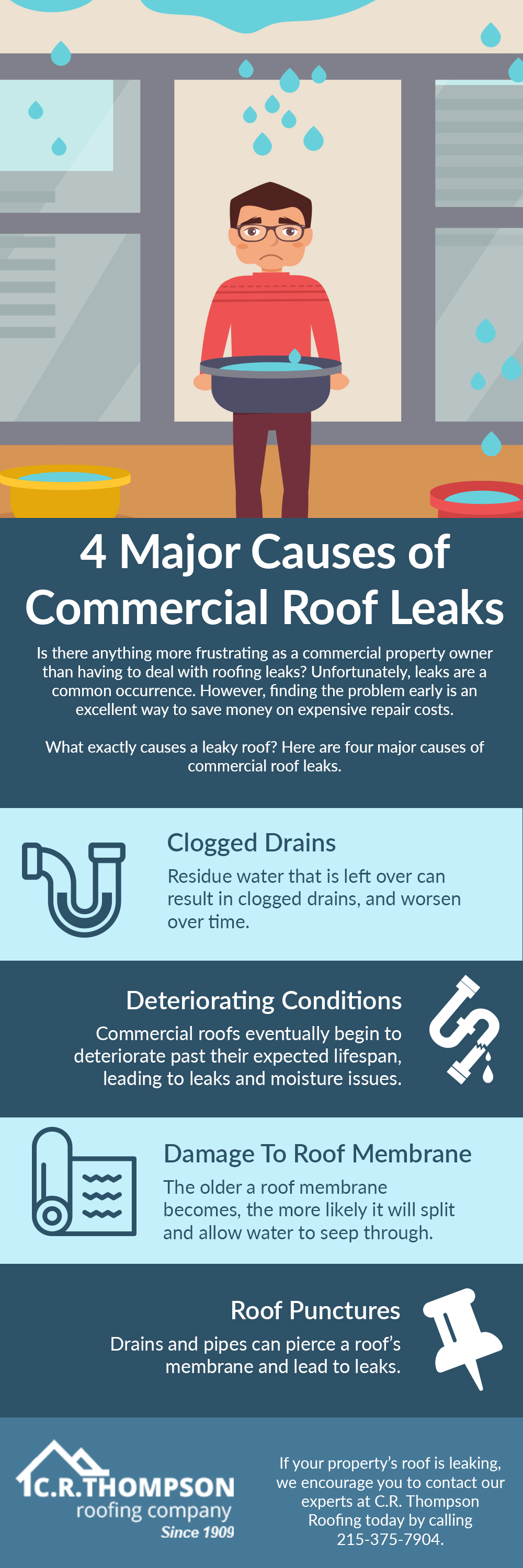Understand Exactly How Different Climate Condition Affect Your Roofing Installment To Guarantee A Successful Outcome
Understand Exactly How Different Climate Condition Affect Your Roofing Installment To Guarantee A Successful Outcome
Blog Article
Produced By-Hartvigsen Timm
When it pertains to roofing system installments, the weather can make or damage the work. Imagine the disappointment of dealing with materials that won't comply as a result of severe warm or fighting unsafe surface areas brought on by unforeseen rainfall. Understanding the influence of weather conditions on your roofing task is crucial for a successful outcome. So, let's explore how different weather condition components can affect the top quality and toughness of your roof covering installment, ensuring a task well done.
Impact of Temperature on Roofing Installment
When it concerns roof installation, temperature level plays an essential duty in the process. The perfect temperature for roof projects typically drops between 45 and 85 levels Fahrenheit. Extreme heat can cause materials like roof shingles to come to be as well flexible, leading to prospective damages throughout setup. On the other hand, chilly temperature levels can make products brittle and susceptible to fracturing. It is very important to schedule roof setups throughout moderate temperature levels to make sure the best result.
Throughout colder weather, specialists might require to take added safety measures such as utilizing warmed equipment or allowing materials to warm up prior to installation.
In contrast, heat might require work to be done previously or later on in the day to prevent the peak temperature levels. By thinking about the temperature level and its impacts on roofing products, you can assist guarantee an effective installment that will certainly hold up against the aspects for years to come.
Result of Precipitation on Roof Projects
Roof covering jobs can be considerably influenced by precipitation, influencing both the timeline and the quality of the installation. Rainfall or snow can produce unsafe conditions, making it unsafe for roofers to work with a wet surface area. Additionally, moisture can jeopardize the attachment of products like roof shingles or underlayment, resulting in potential leakages or damages in the future.
If it rainfalls during a roof covering task, the water can leak into at risk areas, causing delays as the setup staff should wait for the roof covering to dry before proceeding. Extreme wetness can also promote the growth of mold and mildew and mold, additional endangering the honesty of the roofing system.
To stay https://vinyl-roofing06173.bligblogging.com/31755820/the-ecological-effect-of-roof-just-how-specialists-are-going-eco-friendly of these problems, it's recommended to set up roof covering jobs throughout drier seasons or check the weather prediction closely to prepare about any type of potential rainstorms. By taking safety measures to operate in positive weather, you can ensure a smoother and more successful roofing setup process.
Influence of Wind Rate on Installment Success
During roof installation, the speed of the wind plays an essential role in establishing the success of the job. https://www.wfaa.com/article/weather/roofing-materials-in-short-supply-high-cost-as-texas-begins-severe-storm-season/287-9c765c2c-ad45-454d-b538-94aaf16e8aa7 can pose significant difficulties to roofing contractors, possibly causing safety and security hazards and top quality problems. When wind rates go beyond suggested limits, it comes to be challenging to deal with materials, raising the threat of accidents and damage to the roof covering products. Strong gusts can also impact the precision of measurements and the precision required for appropriate installment.
To ensure a successful roof installment, it's necessary to monitor and take into consideration wind rates. Preferably, https://trentonsmeyq.digitollblog.com/30989226/starting-your-roofing-system-installment-journey-requires-a-thorough-understanding-of-the-critical-factors-that-can-either-make-or-break-your-task-gain-better-expertise-by-checking-out-more-details-here must happen on days with low to modest wind rates. This not just boosts the security of the employees however likewise improves the general high quality of the setup.
Roof tasks scheduled during tranquil weather are most likely to be completed successfully and with less mistakes. By focusing on wind speed forecasts and planning as necessary, you can help make certain a smooth and effective roofing installation process.
Final thought
So, when it involves roofing installation, bear in mind to think about the weather conditions to make certain an effective work. Optimum temperatures, dry conditions, and modest wind speeds are key factors to prioritize for a smooth setup process. By scheduling your task throughout the best periods and excellent weather conditions, you can attain a resilient and long-lasting roofing that will secure your home for many years to come.
